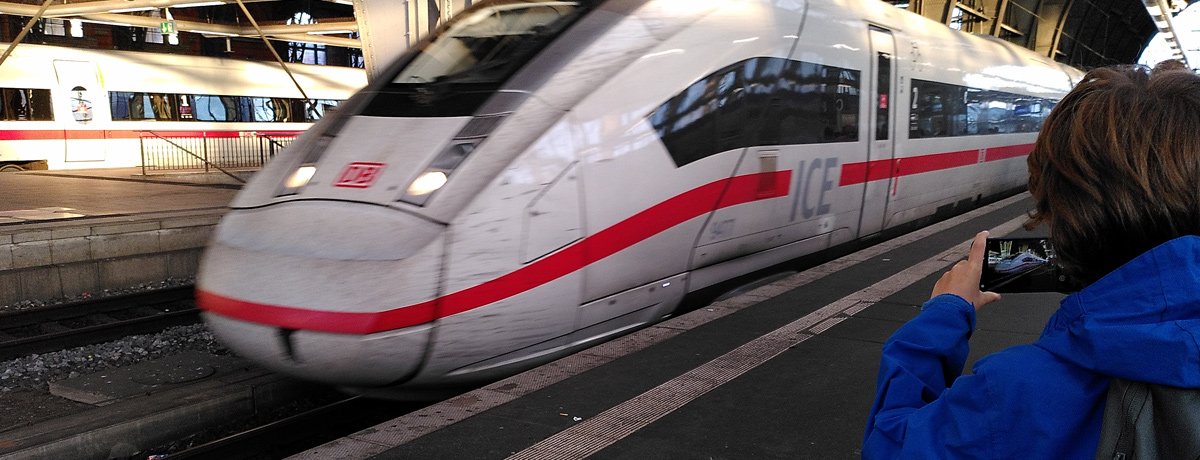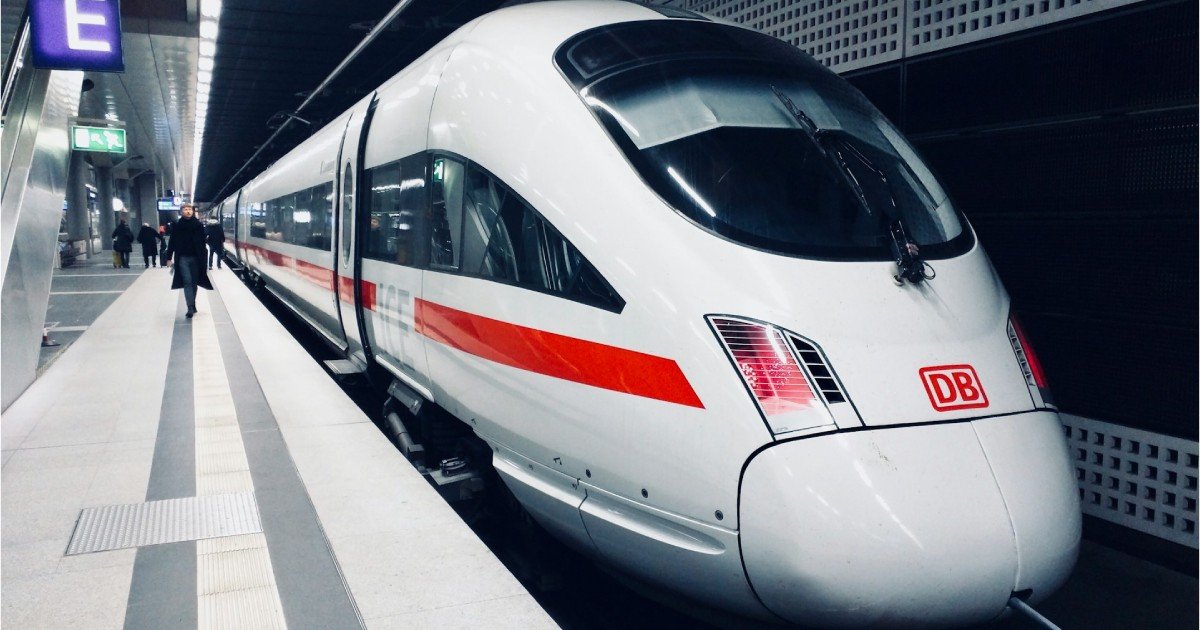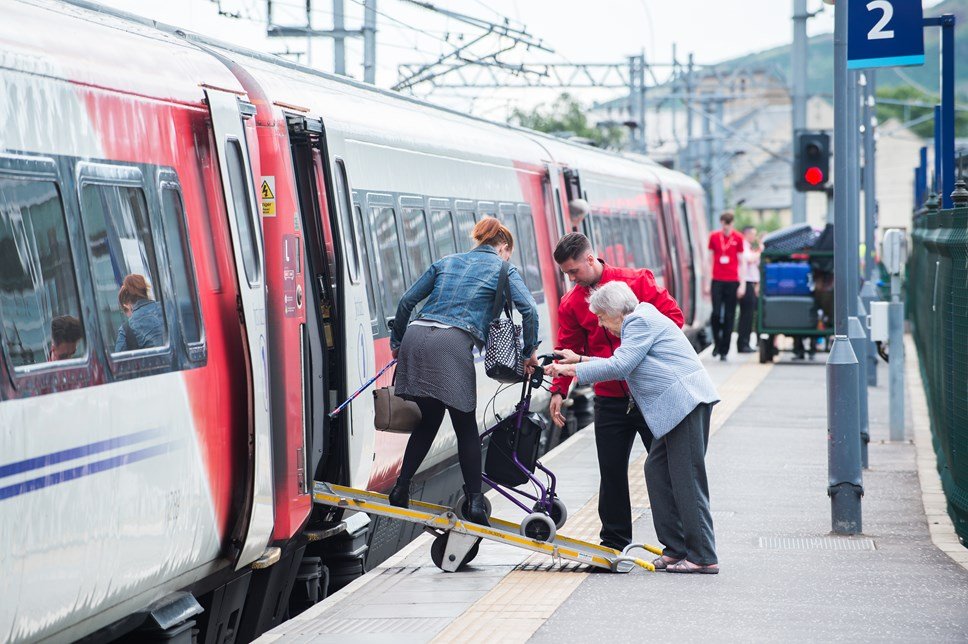Traveling has never been more accessible, with a variety of options to suit different preferences and budgets. Among the most debated choices for modern commuters are rail and air travel. Both modes of transportation offer unique advantages and challenges, depending on the traveler’s priorities. Let’s dive into the pros and cons of rail and air travel to help you decide which is best for your next trip.
Pros of Rail Travel
1. Environmental Friendliness
Trains are widely regarded as one of the most sustainable modes of transport. They produce significantly fewer greenhouse gas emissions per passenger compared to airplanes, making them an eco-conscious choice for travelers.
2. Comfort and Space
Rail travel offers more legroom and spacious seating than most economy-class airline cabins. Many trains also provide dining cars, quiet zones, and the freedom to move around during the journey, enhancing passenger comfort.
3. Convenient City-Center Locations
Train stations are often located in the heart of cities, reducing the time and expense of traveling to and from the terminal. In contrast, airports are typically situated on the outskirts, requiring additional travel.
4. Fewer Security Hurdles
Rail travel eliminates lengthy security checks and boarding procedures associated with air travel. Passengers can often arrive just minutes before departure, making the process smoother and less stressful.
5. Scenic Routes
Train journeys frequently offer breathtaking views of landscapes, from mountains to countrysides, making the travel experience enjoyable and memorable.
Cons of Rail Travel
1. Speed for Long Distances
For journeys over 500 miles, trains are generally slower than planes. High-speed rail options exist, but they are not universally available and can still fall short of the speed of air travel.

2. Limited International Reach
Rail networks are often restricted to specific regions, making them less practical for international travel. Cross-border train journeys can also involve complex scheduling and transfers.
3. Cost Variability
In some regions, especially where high-speed rail is available, train tickets can be as expensive as or even costlier than air travel.
4. Weather Disruptions
Rail services, especially in rural or mountainous areas, are vulnerable to delays caused by extreme weather conditions, such as heavy snowfall or floods.
Pros of Air Travel
1. Speed for Long Distances
Air travel is the fastest way to cover long distances, particularly for international and intercontinental journeys. A flight that takes a few hours may require a full day by train.
2. Extensive Global Reach
Airlines connect almost every corner of the globe, offering unparalleled accessibility. Travelers can book direct flights to many destinations without requiring multiple modes of transport.
3. Competitive Pricing
Budget airlines often make air travel an affordable option, particularly for short-haul trips, sometimes even cheaper than train tickets.
4. Frequent Scheduling
Major airports often have frequent departures, allowing travelers to choose from multiple flight times and providing flexibility for last-minute travel plans.
5. Advanced Amenities
Airplanes are equipped with amenities such as in-flight entertainment, meals, and Wi-Fi (on some carriers), making long journeys more bearable.
Cons of Air Travel
1. Environmental Impact
Air travel has a significantly larger carbon footprint than rail travel. This has led to growing concerns about its impact on climate change and sustainability.
2. Lengthy Airport Procedures
From security checks to baggage handling and boarding, the time spent at the airport can sometimes rival the actual flight duration, especially for short-haul trips.
3. Potential Delays
Flights are more susceptible to weather conditions, air traffic, and logistical issues, which can lead to cancellations or significant delays.
4. Hidden Fees
Budget airlines may appear cheap initially but often charge additional fees for baggage, seat selection, and in-flight services, which can quickly add up.
5. Limited Comfort
Economy-class seating on airplanes is often cramped, with limited legroom and minimal space to move around, making longer flights uncomfortable for some passengers.
Which Is Best for Modern Commuters?
The choice between rail and air travel largely depends on the traveler’s priorities:
- Time Efficiency: Air travel is ideal for long distances or when time is of the essence.
- Sustainability: Rail travel wins for eco-conscious commuters.
- Comfort: Trains typically offer a more relaxed and spacious experience.
- Cost: Depending on the region, either mode could be more affordable, but be wary of hidden airline fees.
- Convenience: Trains excel for short or regional trips with city-center accessibility.
Conclusion
Rail and air travel each have their strengths and weaknesses, and the ideal choice depends on your destination, budget, and travel preferences. While planes are unmatched for speed and global reach, trains provide a more sustainable, comfortable, and scenic alternative for many journeys. By considering these factors, you can make an informed decision and enjoy a smooth and satisfying travel experience.



